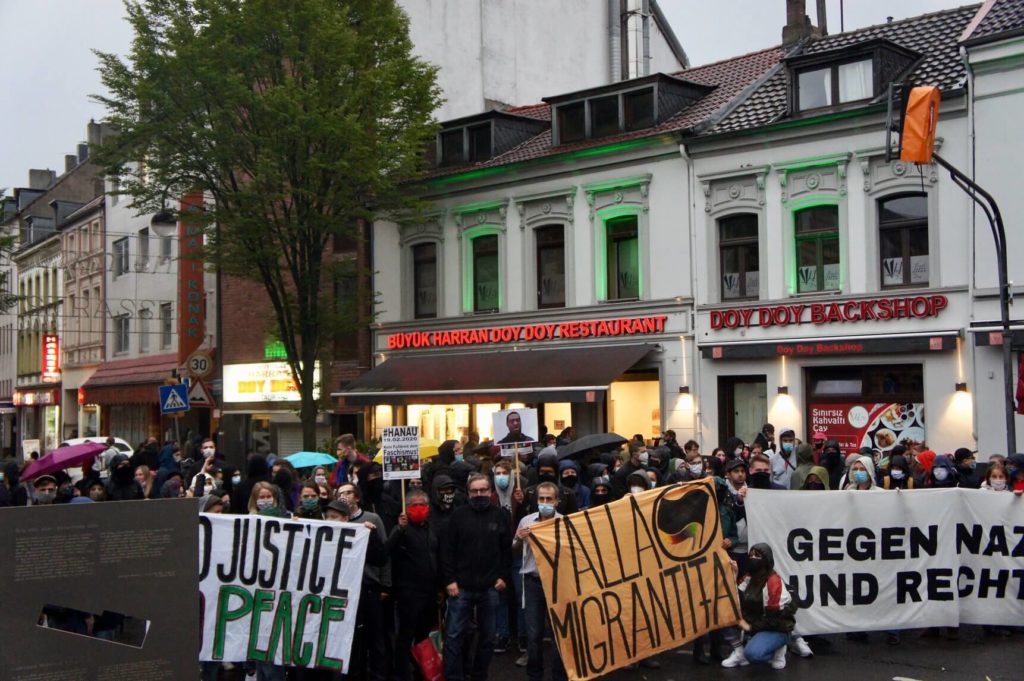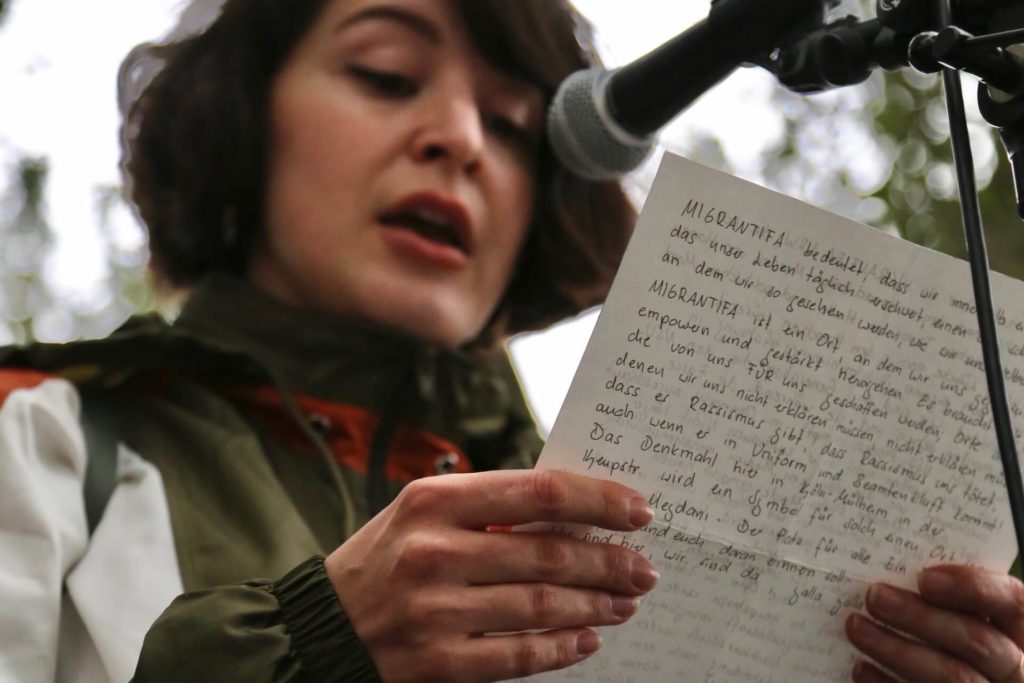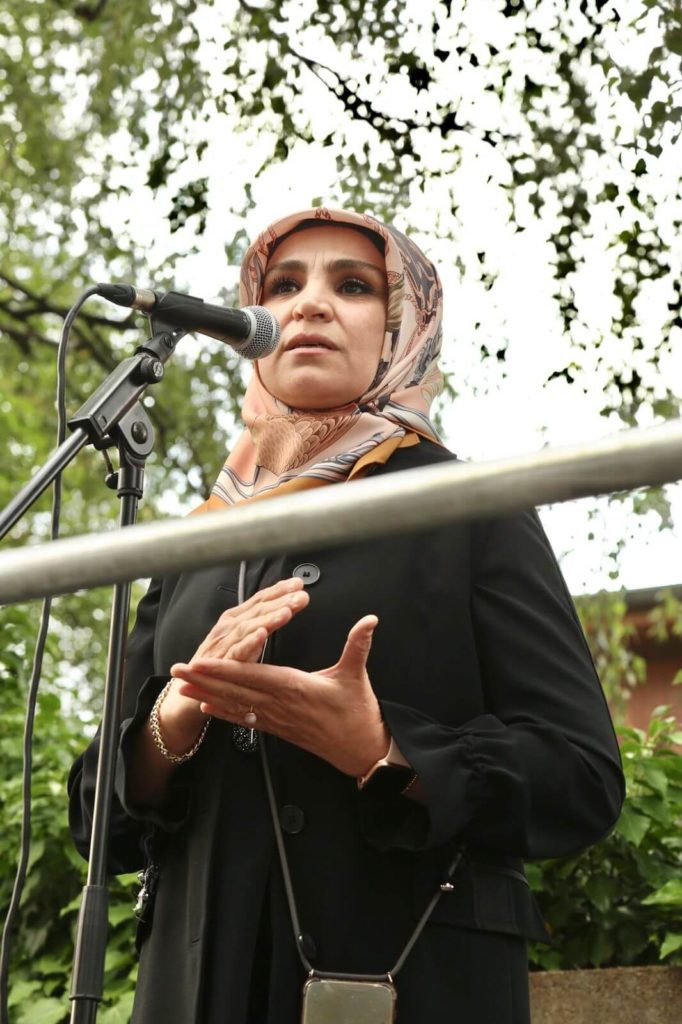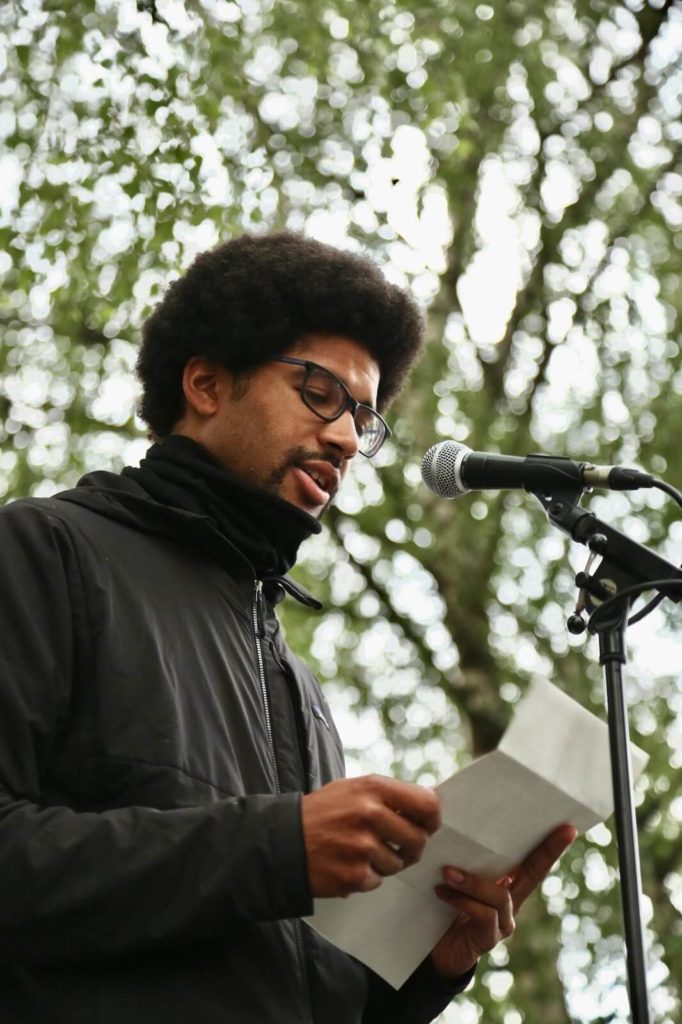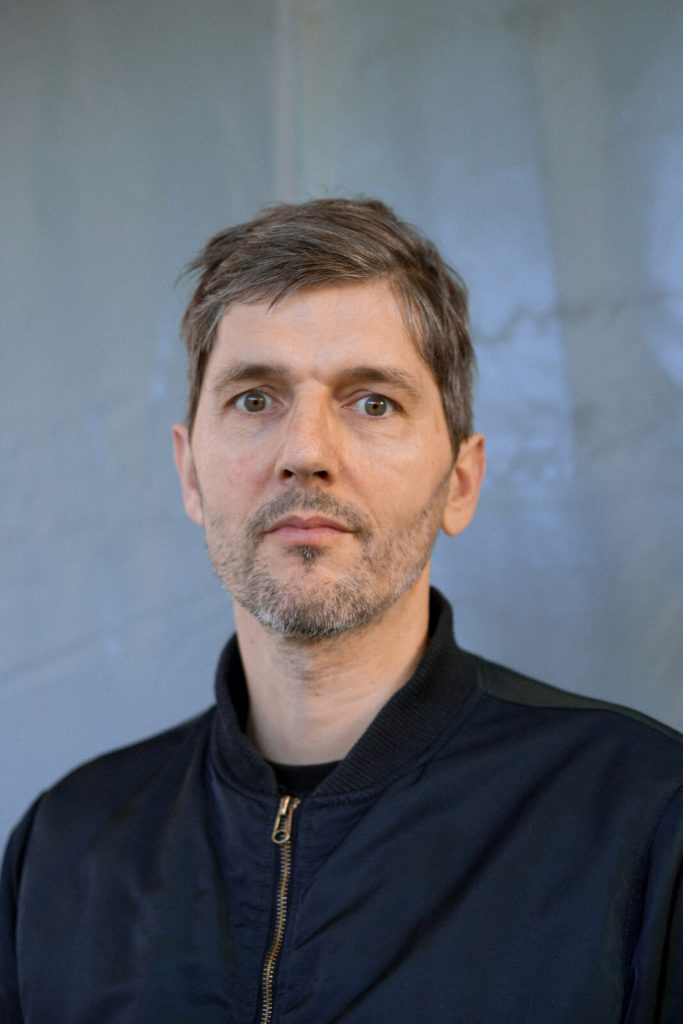
Ulf Aminde, b.1969, Stuttgart, Germany.
Based in Berlin, Germany.
Ulf Aminde is an artist and filmmaker who studied with Lothar Baumgarten at Universität der Künste, Berlin, where he graduated from in 2004. His productions often negotiate public space and are also shown there too. Many of them are about or even initiate collaborations and collective learning environments. In his cinematic work he negotiates the potential of self-empowerment through the performative camera, alienating effects in documentaries, and strategies of subjectivation. His film works are mostly characterized by collaborations with the protagonists and experimental settings. His latest works concentrate on memory and resistance. In Cologne he is developing a film-based practice, and by using augmented reality is working on a participative monument in memory of the racist attacks by the terrorist National Socialist Underground (NSU) network in Probsteigasse and Keupstrasse. He is also a professor at the weissensee academy of art, Berlin. There he initiated in particular the *foundationClass for artists who were forced to flee their home countries.
Exhibitions include Berlin Biennale 4, Havanna Biennale. KW Berlin, Volksbühne am Rosa Luxemburg Platz, Berlinische Galerie, NGBK Berlin, ZKM Karlsruhe, MARTa Herford, Steirischer Herbst, Schirn Frankfurt, Kästner Gesellschaft Hannover, MoCA Taipei, Kunstverein Heidelberg, Staatstheater Mannheim, Kunstverein Wolfsburg and Galerie Tanja Wagner. He was nominated for the Anni and Heinrich Sussmann Artist award, committed to the ideal of democracy and antifascism, in 2017, and the Nam June Paik Award in 2014, and he won the Autoren und Produzentenpreis Junges Theater Bremen in 2006.
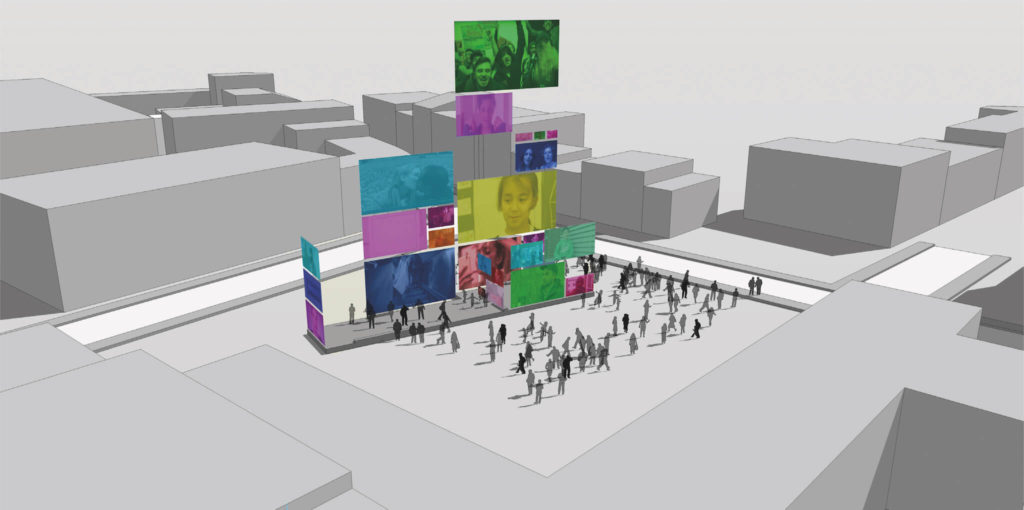
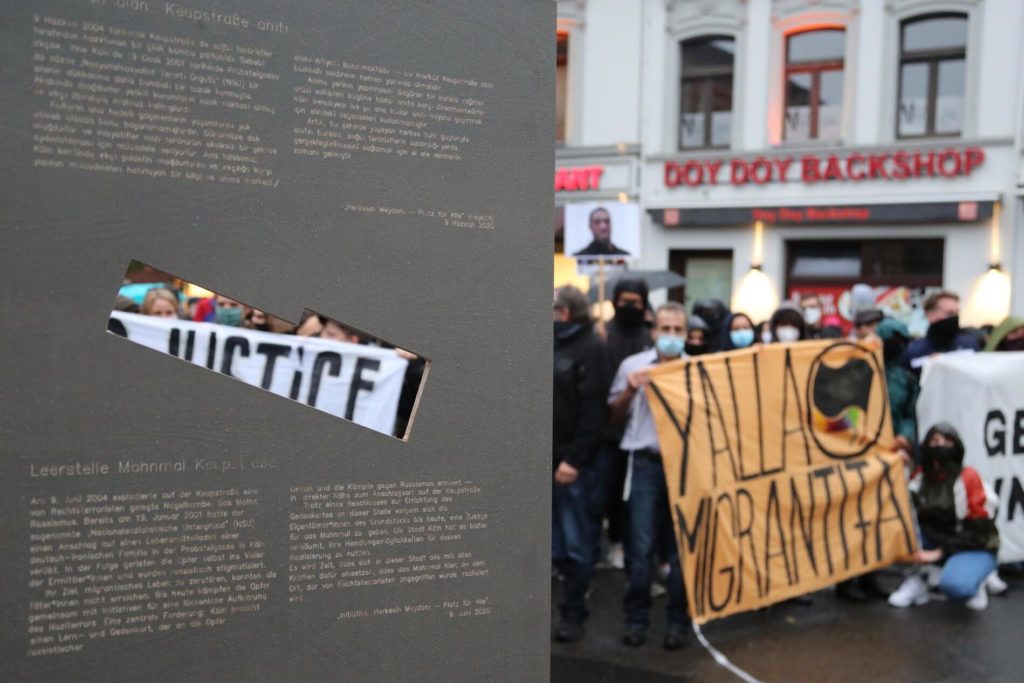
Herkesin Meydanı – Platz für Alle (Everyone’s Square)
9 June 2020, commemoration of the nail bomb attack on 9 June 2004 and of all victims of the NSU and all forms of racism @ Ulf Aminde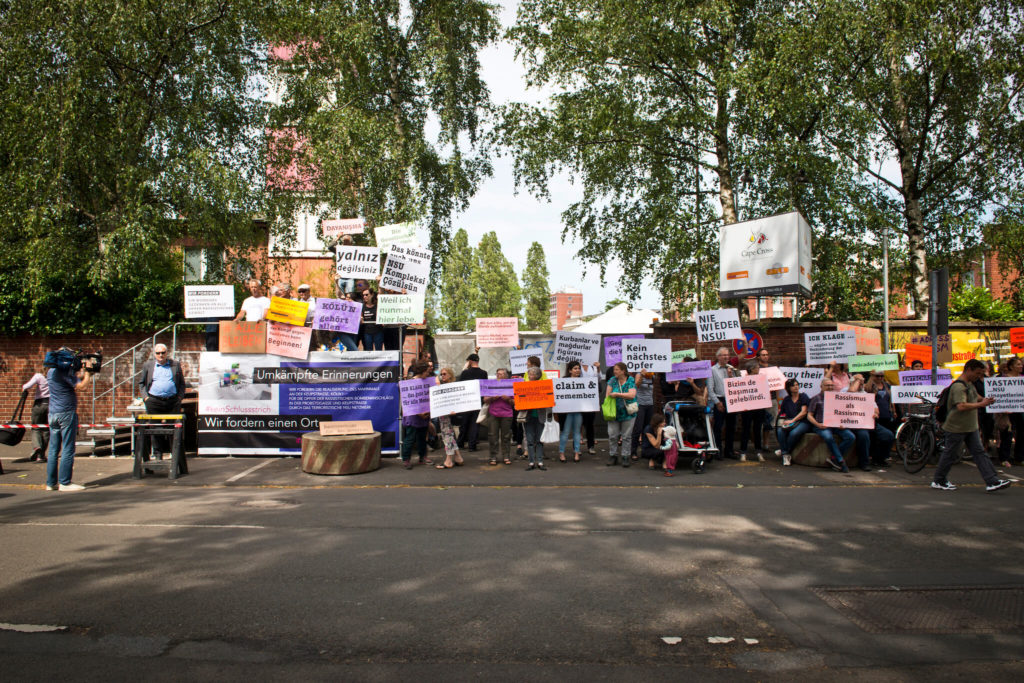
Herkesin Meydanı – Platz für Alle (Everyone’s Square), Keupstraße, 9 June 2019 © Dörthe Boxberg
Animation © Studio Ulf Aminde
Initiative Herkesin Meydanı – Platz für Alle
www.mahnmal-keupstrasse.de
The Antiracist Memorial at Keupstrasse, Cologne, Germany,and the Herkesin Meydanı – Place for Everyone
Who has the right to remember?
On June 9, 2004, a nail bomb exploded in Keupstrasse, a street in Cologne popular with immigrants, and seriously injured over 20 people. This attack, which must be understood as calculated mass murder, is connected to the bombing on January 19, 2001 in Cologne’s Probsteigasse, in which the daughter of a shopkeeper of Iranian origin was gravely injured.
The Antiracist Memorial at Keupstrasse in Cologne commemorates the two attacks committed by the neo-Nazi NSU network and lays claim to a public space which, as a place of learning and remembrance, will create a counterpoint to the years of racist investigations into those affected and injured in the violence. For seven years, the police suspected the owner of the hairdresser’s shop in Keupstrasse, as a person of Turkish origin, of having something to do with the attack. In 2011 the NSU at last unmasked itself and thus also revealed the prevailing structural and institutional racism. The reversed identification of the victim with the perpetrator made criminals of those affected by the attacks. The residents of Keupstrasse today speak of the many years of racist investigations against them as the “bomb after the bomb”.
A 30 cm thick copy of the original 6 x 24 m concrete floor slab of the hairdresser’s shop where the bomb was detonated will be placed parallel to the scene of the bombing and in exactly the same angle at the corner of Keupstrasse and Schanzenstrasse. This will serve as the foundation of the memorial. Augmented reality technology will then create the digital, participatory and decisive part of the commemorative site. Drawing on the geo-data of the concrete slab and using a Wi-Fi network and an associated app, any smartphone or tablet can transform the foundation into a house that grows endlessly in height. The smartphone generates walls and shows films that the user can activate and view. The aim of the memorial is to create a “virtual house that can no longer be attacked by Nazis”, a critical, film-based, anti-racist archive, which will continue to expand in the future. The films will be produced together with residents of Keupstrasse and focus on the political history of the street, the immigrant struggles that shaped it, the solidarity that was especially evident in the period after the attack, and the perspectives of those affected by it.
The memorial is bound up with the demand for a public place, the Herkesin Meydanı – Place for Everyone. Those affected by the attack expressly welcome this. The initiative aims to create a place of positive identification where various anti-racist struggles can be articulated. After the city of Cologne decided to finance a memorial, disagreements ensued for another five years because the space at the entrance to Keupstrasse belonged to a well-known Cologne TV production company that wanted nothing to do with a memorial at the site. Only through the sale of the space to a big real estate firm and the ongoing demands of the specially founded Herkesin Meydanı – Place for Everyone Initiative, which is made up of those affected, representatives of the street and concerned supporters, does it look as if the memorial and its square can at last be built. Even if the details and above all the city’s responsibility for the overall financing and development of a foundation focussing on the perspectives of those affected have yet to be clarified, the now announced realization shows the clear success of the initiative and its years of activism.
The memorial initiative demands “No drawing a line under” and the establishing of a place of learning and remembrance that examines various anti-racist perspectives and works as a social site of active remembrance. Engagement with the struggles of the past should extend beyond the present into the future. The demands of those affected and initiatives for establishing the square and the memorial, the commencement of film productions which articulate the situation of immigrants, and the specific positioning of a meeting place for remembrance in (contested and gentrified) urban space – all this together issues in a social machinery that relies on processes, on movements, on diverse perspectives and voices, and not on just a single majority society view of the past.
Memory is and remains contested.
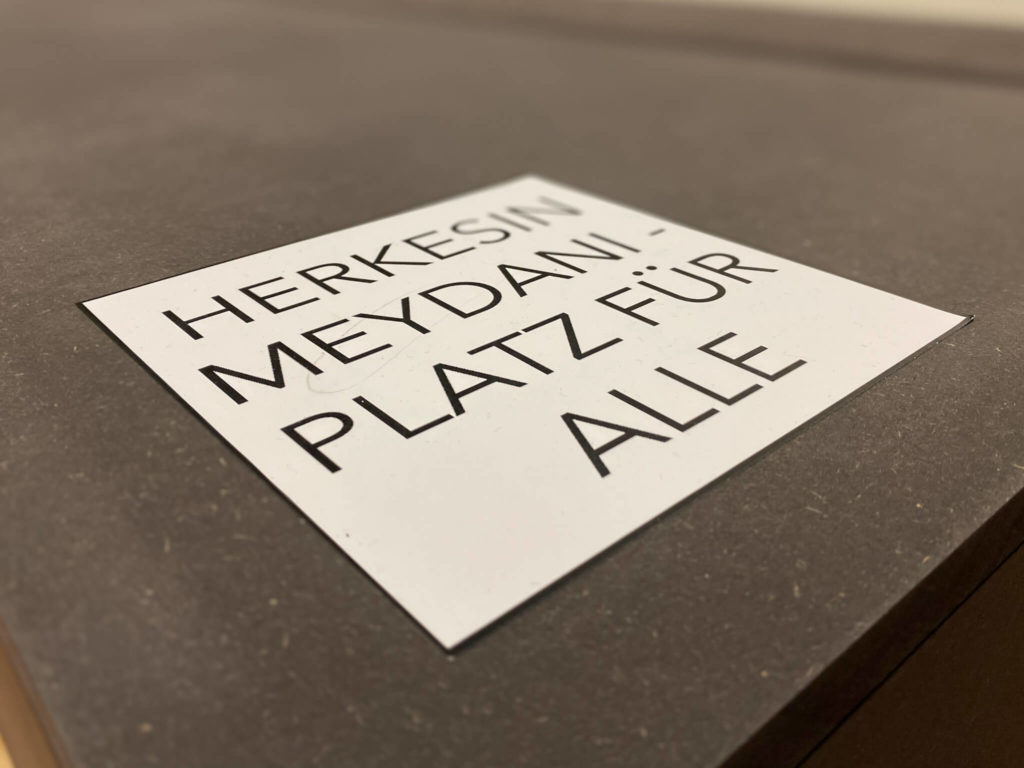
9 June 2020, commemoration of the nail bomb attack on 9 June 2004 and of all victims of the NSU and all forms of racism © Ulf Aminde
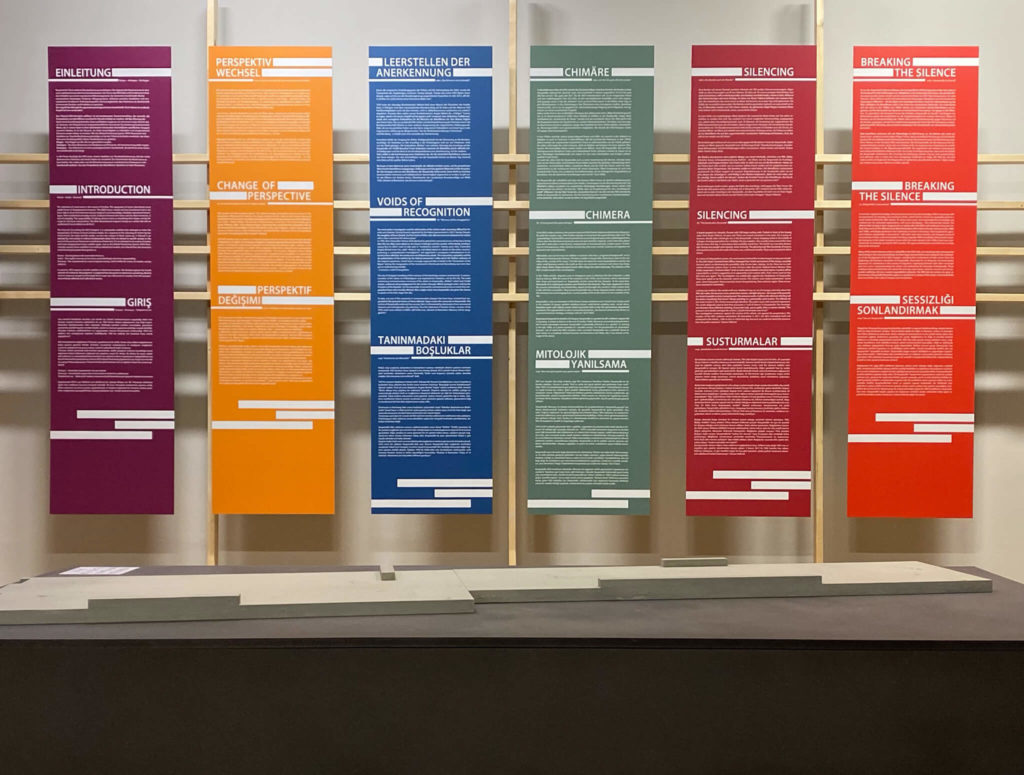
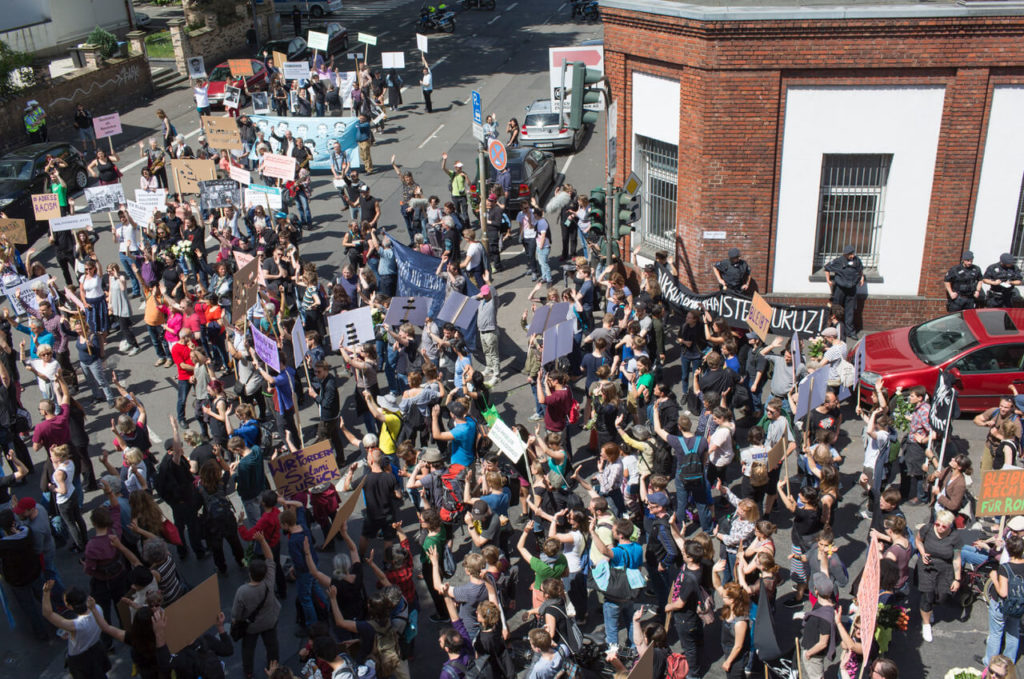
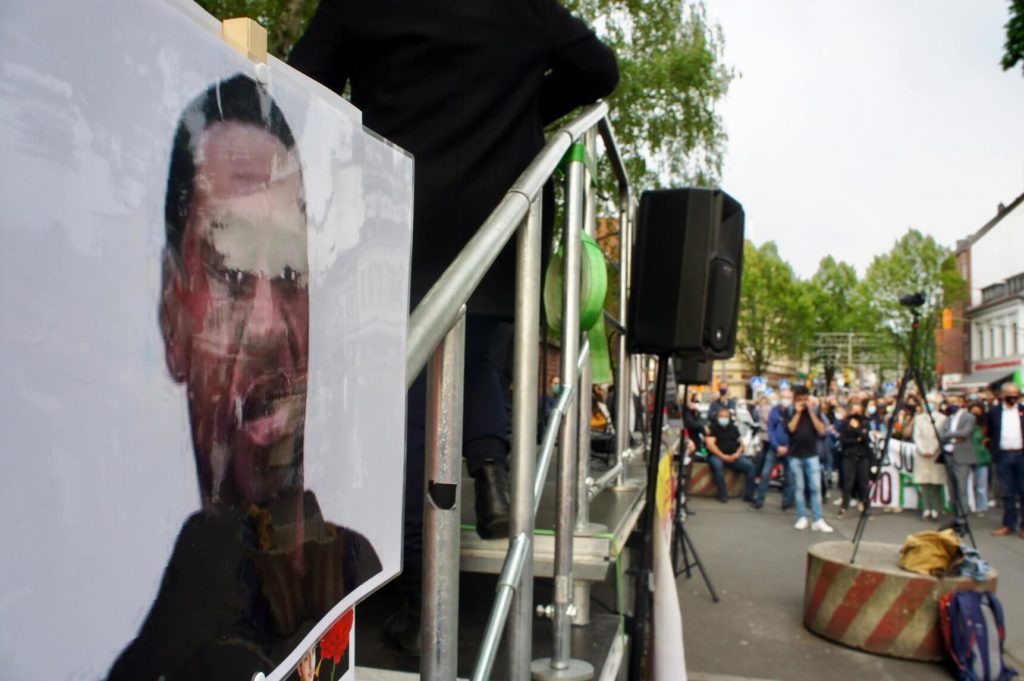
9 June 2020, commemoration of the nail bomb attack on 9 June 2004 and of all victims of the NSU and all forms of racism © Ulf Aminde
9 June 2020, commemoration of the nail bomb attack on 9 June 2004 and of all victims of the NSU and all forms of racism © Ulf Aminde

9 June 2020, commemoration of the nail bomb attack on 9 June 2004 and of all victims of the NSU and all forms of racism © Ulf Aminde
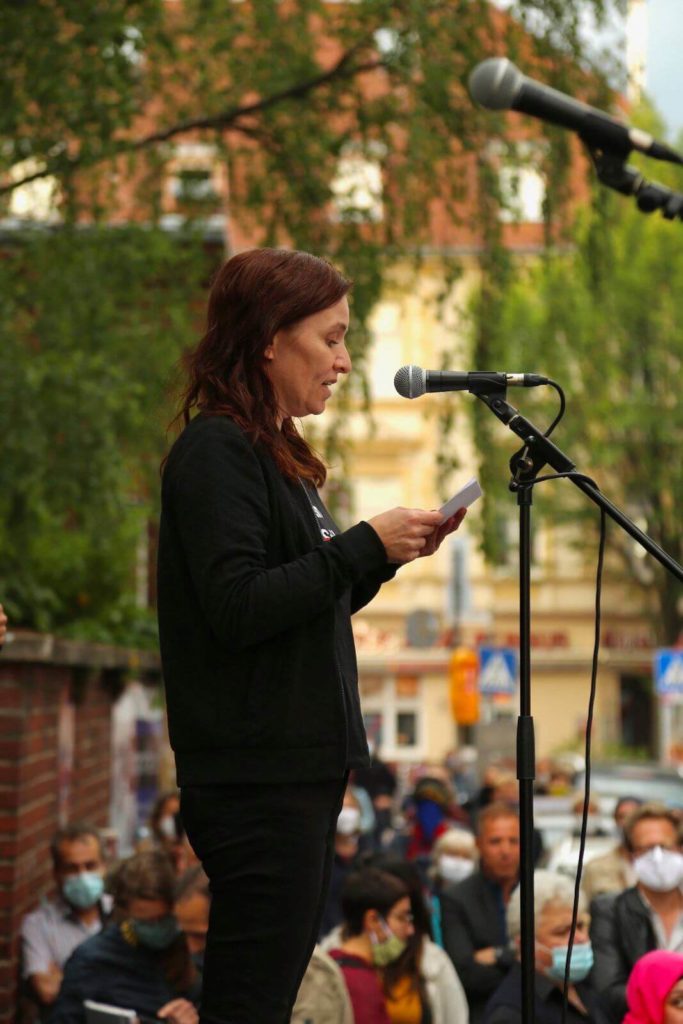
9 June 2020, commemoration of the nail bomb attack on 9 June 2004 and of all victims of the NSU and all forms of racism © Ulf Aminde
